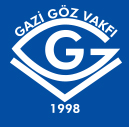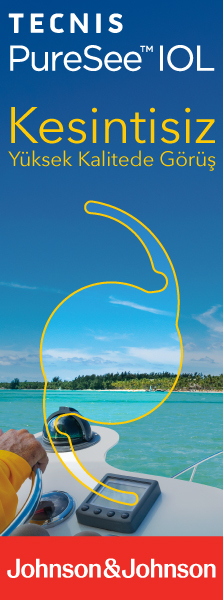2Uludağ Üniversitesi Tıp Fakültesi, Göz Hastalıkları A.D., Bursa, Asistan Dr.
3Uludağ Üniversitesi Tıp Fakültesi, Göz Hastalıkları A.D., Bursa, Uzm. Dr. Purpose: To evaluate the prevalence, clinical findings and differences of acute, recurrent and chronic central serous chorioretinopathy (CSCR).
Materials and Methods: The charts of 94 patients (40 female, 546 male) who were clinically and angiographically diagnosed as CSCR between November 2001 and April 2005 were retrospectively evaluated. The demographic characteristics, histories, visual acuities, fundus and angiographic findings and treatment modalities were listed and compared. Patients with widespread pigment epitheliopathy which involves macular area and inferior parts of posterior pole were determined as chronic CSCR.
Results: Of the 94 patients included, 59 (63%), 18 (19%) and 17 (18%) were diagnosed as acute, recurrent and chronic CSCR, respectively. The rate of bilateral involvement was 3.2%, 5.5% and 53% in the acute, recurrent and chronic group, respectively. Eleven (65%) patients with chronic CSCR who had serous macular elevation and active leakage in FFA received medical therapy. Five patients who had persisted leakage in FFA despite medical therapy were treated with argon laser photocoagulation. Three (18%) of the 17 patients with chronic CSCR developed choroidal neovascularization.
Conclusion: Patients with chronic CSCR have higher bilateral involvement rate than patients with acute and recurrent CSCR. Typically, the chronic pathologic process affects larger retinochoroidal areas. Visual prognosis in chronic CSCR is usually unfavorable due to the natural course of the disease and disturbing complications like choroidal neovasscularization.
Keywords : Chronic central serous chorioretinopathy




